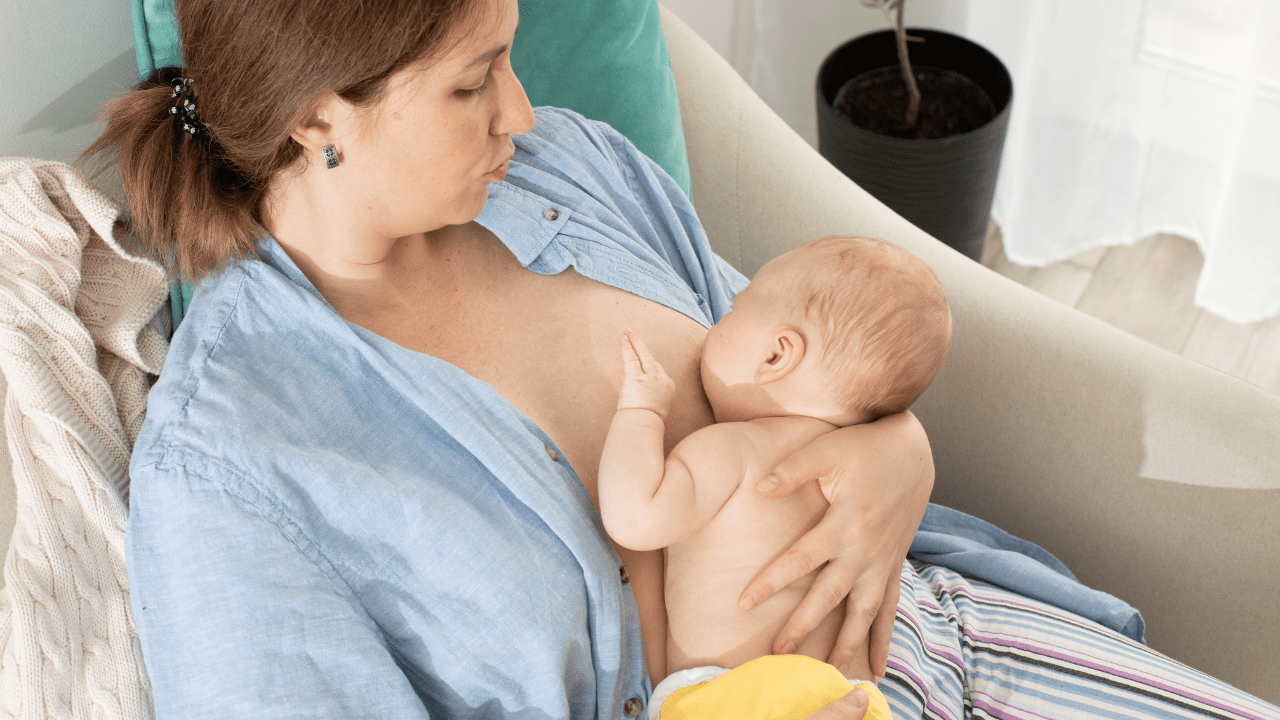Painful inflammation affects approximately 10 percent of U.S. mothers who are breastfeeding, and it can then lead to the cessation of breastfeeding.
What am I talking about? You guessed it… mastitis.
Mastitis is caused by a blocked milk duct. When the breast isn’t emptied completely milk ducts can get blocked, and then inflamed and even infected. Breastfeeding mothers are most at risk of mastitis in the second or third week after birth.
Mastitis, sometimes known as ‘milk fever’, manifests with symptoms that feel like you are getting the flu, including the shivers and aches and pains.

What can you do when this happen? Try these 5 tips.
- Feed your baby more and unblock the duct
It is important that you keep feeding if you suspect you have mastitis. It is probably the last thing you will feel like doing but draining the breast of milk is the only way to unblock the duct. Feed your baby more often than usual and always start on the sore side, but take care to make sure the other side doesn’t get blocked as well.
- Massage
Gently massage your breast in a downward motion towards the nipple, while your baby feeds. This may help move the blockage.
Use a water free, chemical free breast butter for comfort and ease of massage. Water-free products are made without harmful chemicals, from plant butters and oils.
Mastitis can make your milk taste salty, this won’t hurt your baby but they may refuse the breast because of it. If your baby won’t feed, try to hand express under a warm shower.

- Apply a warmth and cold compress
Using cold packs on your breasts will sooth the pain and help reduce inflammation. You can also use warmth (warm pack, warm shower, or warm face washer), but do so just before a feed (around ten minutes) as this can help trigger your let down and in turn help clear the blockage.
- Get Rest
It is essential to get plenty of rest when you have mastitis. If you can, stay in bed, or lie on the couch. Reach out to friends or family for help while you recover.
- Use a water-free, chemical-free nipple butter with targeted probiotics.
As I mentioned, Water-free products are made without harmful chemicals, from plant butters and oils. This way you apply an all-natural, baby-safe product on your nipples. If you go for a nipple butter with the probiotic strain called Lactobacilli Reuteri, this will aid in moisturizing and restoring your sore nipples after breastfeeding.








